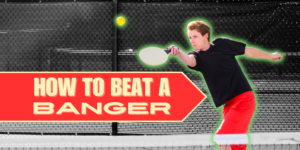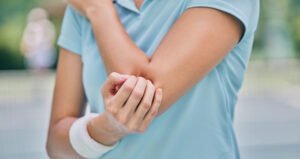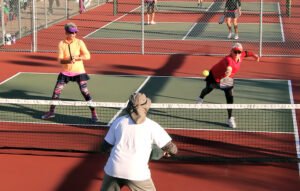Eyeing the perfect serve, you step onto the pickleball court, paddle in hand, ready to dive into the exhilarating world of this fast-paced sport. As the rally begins, you realize that pickleball, with its lightning-quick reflexes and explosive movements, requires more than just a nimble footwork and a keen eye. To truly excel in this dynamic game, a solid foundation of strength and power is essential. And that’s where resistance training comes in, targeting specific muscle groups to help you unleash your full potential on the pickleball court. Whether you’re a seasoned player eager to take your game to new heights or a beginner looking to build a formidable pickleball repertoire, understanding the importance of targeting muscle groups through resistance training is the first step towards achieving success in this adrenaline-fueled game.
Table of Contents
- Understanding the Importance of Resistance Training for Pickleball
- Targeting Key Muscle Groups to Enhance Pickleball Performance
- Tailoring Resistance Training Exercises for Different Muscle Groups
- Optimizing Performance through Specific Resistance Training Techniques
- Fine-tuning Your Muscle Training Strategy for Pickleball
- Q&A
- In Retrospect

Understanding the Importance of Resistance Training for Pickleball
Pickleball enthusiasts, listen up! It’s time to dive into the world of resistance training and how it can greatly enhance your game. Whether you’re a seasoned pro or just starting out, incorporating resistance training into your routine can have a profound impact on your performance and overall fitness.
1. Improved Strength: Engaging in resistance training helps to build and strengthen your muscles. By targeting key muscle groups such as the legs, core, and arms, you’ll notice a significant enhancement in your power and stability on the pickleball court.
2. Increased Endurance: Endurance is crucial in pickleball, as matches can be fast-paced and demanding. By regularly incorporating resistance exercises into your training regimen, you’ll gradually improve your stamina and be able to sustain your energy levels throughout extended rallies.
3. Injury Prevention: Resistance training is not only about getting stronger, but also about building a robust and injury-resistant body. Strengthening your muscles and connective tissues can help reduce the risk of common pickleball injuries, such as sprains, strains, and tendonitis.
So, whether you prefer bodyweight exercises, free weights, or resistance bands, make sure to allocate time for resistance training to complement your pickleball practice. With consistent effort and proper technique, you’ll be amazed at the positive impact it can have on your game!
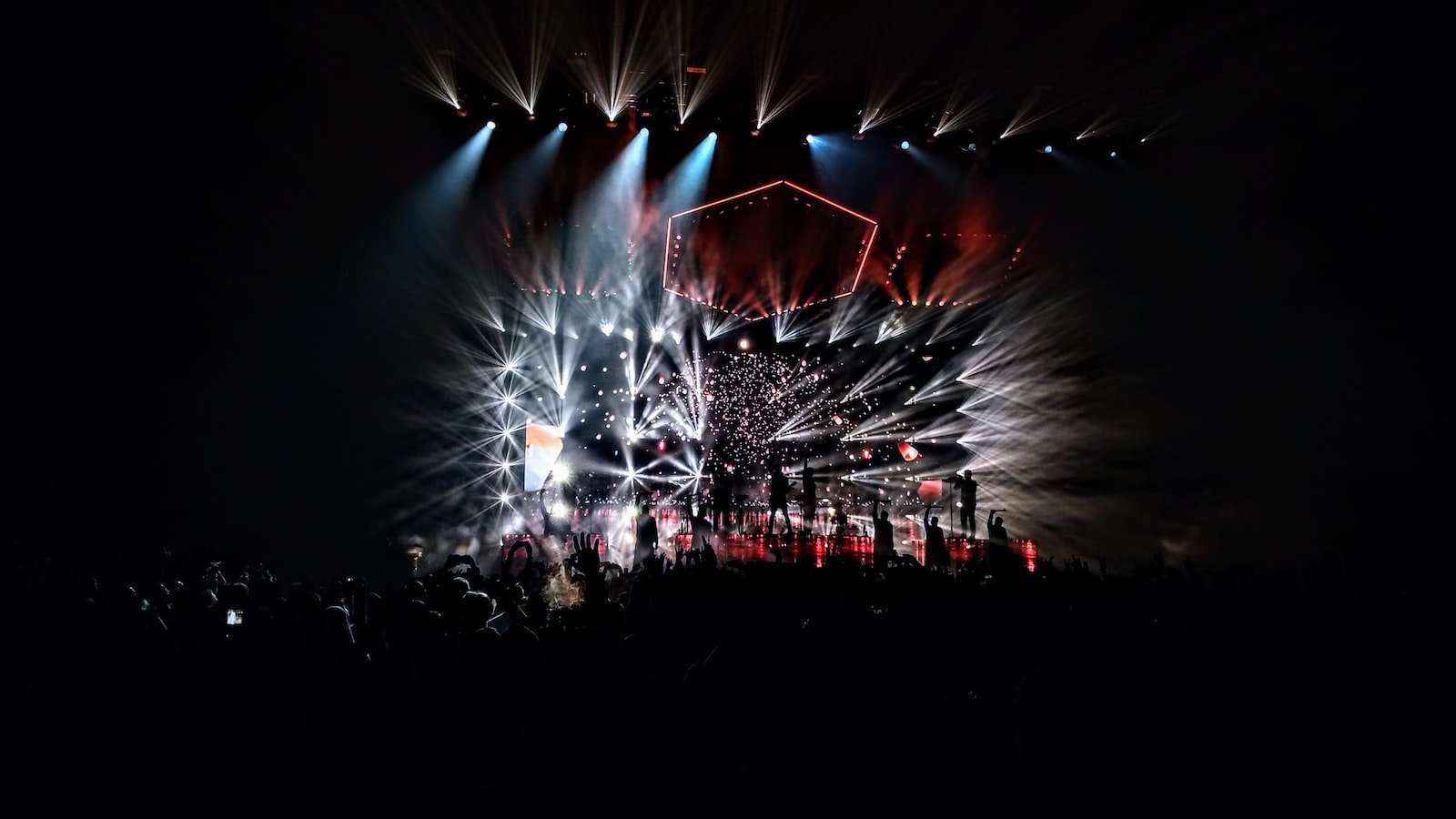
Targeting Key Muscle Groups to Enhance Pickleball Performance
When it comes to enhancing your pickleball performance, targeting key muscle groups is crucial. By focusing on strengthening specific areas of your body, you can improve your agility, endurance, and overall game. Here are the top muscle groups to prioritize in your pickleball training regimen:
1. Core Muscles: A strong core is essential for stability and balance on the court. Engage your abdominal muscles with exercises like planks, Russian twists, and bicycle crunches. Don’t forget to include lower back exercises like Superman poses or back extensions to maintain a well-rounded core workout.
2. Leg Muscles: Your legs play a pivotal role in pickleball, providing power for agile movements and quick direction changes. Incorporate exercises like squats, lunges, and calf raises to strengthen your quadriceps, hamstrings, and calves. Consider adding plyometric exercises such as box jumps or lateral hops to improve explosive movements.
3. Shoulder and Arm Muscles: Your arms and shoulders are heavily involved in hitting the ball and executing precise shots. Strengthen your shoulder muscles with exercises like overhead presses, lateral raises, and reverse flyes. Don’t forget to target your triceps with exercises like tricep dips or skull crushers. Additionally, incorporate exercises that focus on wrist and forearm strength, such as wrist curls or farmer’s walks, to boost your shot control.
Remember, consistency and gradual progression are key when targeting these muscle groups. Aim to incorporate a mix of strength training, cardiovascular exercises, and flexibility routines to maximize your pickleball performance. And always listen to your body, giving yourself proper rest and recovery time to avoid overexertion. Get ready to take your pickleball game to the next level by targeting these key muscle groups!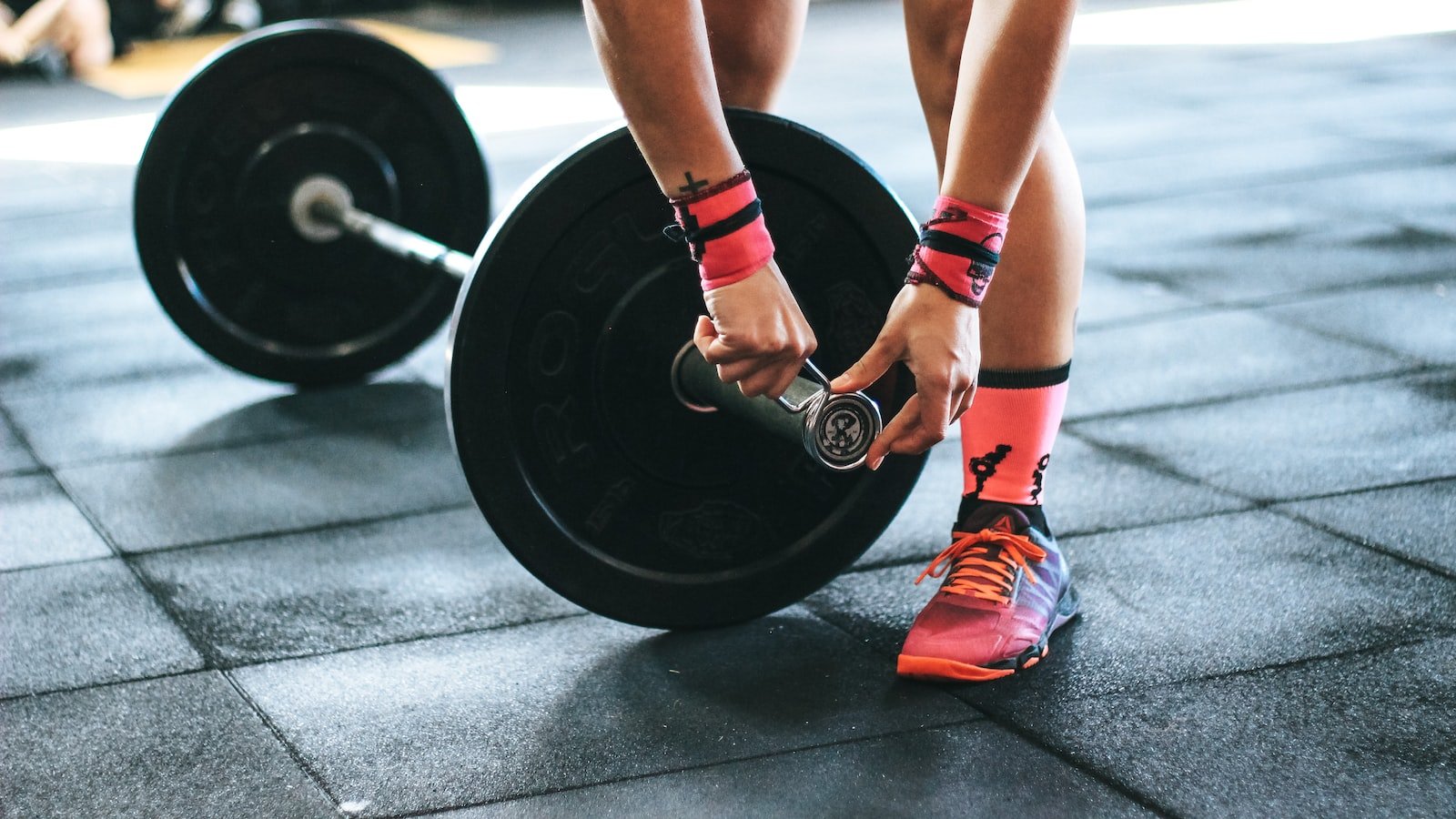
Tailoring Resistance Training Exercises for Different Muscle Groups
Targeting Different Muscle Groups in Resistance Training
Resistance training is a versatile form of exercise that allows individuals to target specific muscle groups and achieve desired results. By tailoring your resistance training exercises to focus on different muscle groups, you can effectively work on strengthening, toning, and developing specific areas of your body.
To maximize the effectiveness of your resistance training program, it is important to identify and isolate the muscle groups you want to target. Here are a few key muscle groups and exercises that can help you achieve your fitness goals:
- Legs and Glutes: Squats, lunges, and calf raises are essential exercises that engage your lower body muscles. These exercises can help you build strong and toned legs and sculpted glutes.
- Core and Abs: Planks, crunches, and Russian twists are excellent choices for strengthening and defining your core muscles. Incorporating these exercises into your routine will help you achieve a solid and well-defined midsection.
- Arms and Shoulders: Push-ups, bicep curls, and shoulder presses are fantastic exercises for targeting your upper body muscles. These exercises can help you develop strong and toned arms and shoulders.
- Chest and Back: Bench presses, pull-ups, and dumbbell rows are effective exercises for working on your chest and back muscles. Including these exercises in your resistance training routine will help you build strength and definition in these areas.
Remember, it is essential to maintain proper form and technique when performing resistance training exercises. Start with a weight that challenges you but allows you to complete the movements correctly. As you progress, gradually increase the intensity and weight to continue challenging your muscles and achieving your fitness goals.

Optimizing Performance through Specific Resistance Training Techniques
When it comes to maximizing performance, specific resistance training techniques can make a significant difference in achieving optimal results. By incorporating these techniques into your workout routine, you can enhance muscle strength, endurance, and overall athletic performance.
One effective resistance training technique is known as supersets. This involves performing two exercises back-to-back without any rest in between. Supersets are an excellent way to target different muscle groups, increase intensity, and save time during your training sessions. Additionally, incorporating drop sets can maximize muscular fatigue and promote muscle growth. This technique involves reducing the weight after reaching failure in order to continue the exercise and push your muscles to their limits.
To further enhance performance, incorporating compound exercises into your resistance training routine is essential. Compound exercises engage multiple muscle groups simultaneously, making them highly efficient in building overall strength and improving coordination. Some popular compound exercises include squats, deadlifts, bench presses, and pull-ups. These exercises not only help develop functional strength but also stimulate the release of growth-promoting hormones, fostering muscle growth and overall performance improvement.
- Benefits of specific resistance training techniques:
- – Enhanced muscle strength and endurance
- – Increased intensity and efficiency in workouts
- – Improved coordination and functional strength
- – Stimulated muscle growth and release of growth-promoting hormones
By incorporating these specific resistance training techniques into your workout routine, you can optimize your performance, achieve your fitness goals, and reach new levels of athletic excellence.
Fine-tuning Your Muscle Training Strategy for Pickleball
When it comes to pickleball, having a well-rounded muscle training strategy can take your game to the next level. Whether you’re a beginner or an experienced player looking to improve your skills, refining your muscles through specific training exercises can help you enhance your agility, power, and endurance on the court.
To fine-tune your muscle training strategy, consider incorporating the following tips:
- Diversify your exercises: Targeting different muscle groups is key to developing a balanced physique for pickleball. Include exercises that focus on both upper and lower body strength, such as squats, lunges, push-ups, and rows. Don’t forget about core exercises like planks and Russian twists to improve stability and balance.
- Vary your resistance: To stimulate muscle growth, it’s important to challenge yourself with varying levels of resistance. Incorporate weights, resistance bands, or even bodyweight exercises that gradually increase in difficulty. Experiment with different resistance levels to find the right balance for your ability and fitness goals.
- Include plyometric exercises: Explosive movements are integral to successful pickleball play. Incorporate plyometric exercises like jump squats, explosive lunges, and box jumps to improve your quickness, speed, and power on the court. These exercises help develop fast-twitch muscle fibers and can enhance your agility during quick direction changes.
- Don’t neglect flexibility: Flexibility is crucial in pickleball to avoid injuries and optimize performance. Stretching exercises like yoga or Pilates can help you maintain or improve your range of motion. Always warm up before training sessions and include dynamic stretches like leg swings and arm circles to prepare your muscles for action.
Remember, consistency is key in improving your muscle training strategy. Make sure to consult with a fitness professional or coach to tailor a training program that suits your specific needs and goals. So, pick up those weights, hit the court, and fine-tune your muscles for a winning pickleball game!
Q&A
Why is resistance training important for pickleball?
Resistance training is crucial for pickleball because it helps improve strength, power, and endurance in the specific muscle groups used during the game. It can enhance your performance and reduce the risk of injuries.
Which muscle groups should I target for pickleball?
The main muscle groups you should focus on for pickleball are the core muscles, including the abdominals and lower back muscles, as well as the upper body muscles used for swinging and serving, such as the shoulders, chest, and forearms.
What are some exercises to target core muscles?
Planks, Russian twists, and bicycle crunches are great exercises to target and strengthen your core muscles, which are essential for stability and agility on the pickleball court.
How can I strengthen my shoulder muscles for pickleball?
To strengthen your shoulder muscles, incorporating exercises like lateral raises, shoulder presses, and external rotations can be beneficial. These exercises focus on the deltoids and rotator cuff muscles, which are heavily used in pickleball.
What exercises can I do to improve my swinging and serving power?
Exercises such as bicep curls, tricep dips, and wrist curls can help improve the strength and power in your upper body muscles, specifically the biceps, triceps, and forearm muscles, which are instrumental in generating power during swings and serves in pickleball.
Is resistance training alone sufficient for pickleball preparation?
While resistance training is important for pickleball preparation, it should be supplemented with other training components like cardiovascular exercises, agility drills, and skill practice to develop a well-rounded game. Combining different types of training will yield optimal results on the pickleball court.
How often should I perform resistance training for pickleball?
Ideally, incorporating resistance training into your pickleball training routine at least two to three times a week is recommended. This frequency allows for adequate muscle recovery while still promoting strength and power gains.
Can resistance training prevent injuries in pickleball?
Yes, resistance training plays a crucial role in injury prevention for pickleball. By strengthening the key muscle groups used in the game, it helps improve muscular balance, stability, and joint integrity, reducing the risk of common pickleball injuries such as strains and overuse injuries.
In Retrospect
As we reach the end of this pickleball journey, one thing becomes abundantly clear: resistance training is the key to unlocking your true potential on the court. By diligently targeting specific muscle groups, you can take your game to new heights and leave your opponents in awe. Remember, the power to excel in pickleball lies within your fingertips and your unwavering dedication to enhancing your physical abilities.
As you bid adieu to this article, reflect upon the significance of resistance training in sculpting your body into a force to be reckoned with. Visualize the moment when your biceps gleefully flex as you slam that winning shot past your rival’s reach. Envision the gasps of admiration from the crowd as your legs effortlessly glide across the court, generating explosive power with every lunge and pivot. Let these images fuel your determination to embark on a journey of self-improvement, transforming yourself into a pickleball virtuoso.
But bear in mind that progress takes time; the path to success is riddled with sweat-stained shirts, muscle soreness, and countless hours of practice. Embrace the challenges that lie ahead, for they shall mold you into the player you aspire to become. And while resistance training is undoubtedly important, don’t forget to nurture your mind and spirit too. Seek balance by incorporating proper nutrition, rest, and mental preparation into your routine, and watch as your game flourishes holistically.
So, my fellow pickleball enthusiasts, go forth and embrace the transformative power of resistance training. Embrace the pain, the sweat, and the arduous journey towards greatness. Remember, it’s not just about winning; it’s about the thrill of the chase, the camaraderie with fellow players, and the personal growth that comes with every stroke of the paddle. The court is your canvas – paint it with resilience, strength, and unwavering determination.
Now, step onto the court with purpose and passion, armed with the knowledge of this comprehensive muscle-focused training guide. Let your every movement reflect the perseverance that lies deep within you. Unleash your power, ignite your muscles, and bask in the glory of a well-executed play. For in the realm of pickleball, where skill meets strategy and sweat becomes triumph, you have what it takes to thrive.
It’s time to make your mark on the pickleball court and show the world what you’re truly made of. The power is in your hands, the game is awaiting your signature moves, and the potential for greatness is limitless. Now, go forth and conquer, my fellow pickleball warriors.
As an affiliate, my content may feature links to products I personally use and recommend. By taking action, like subscribing or making a purchase, you’ll be supporting my work and fueling my taco cravings at the same time. Win-win, right?
Want to read more? Check out our Affiliate Disclosure page.

